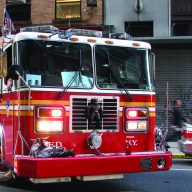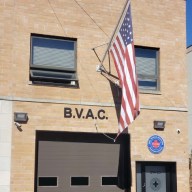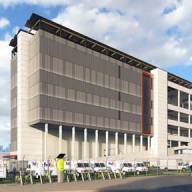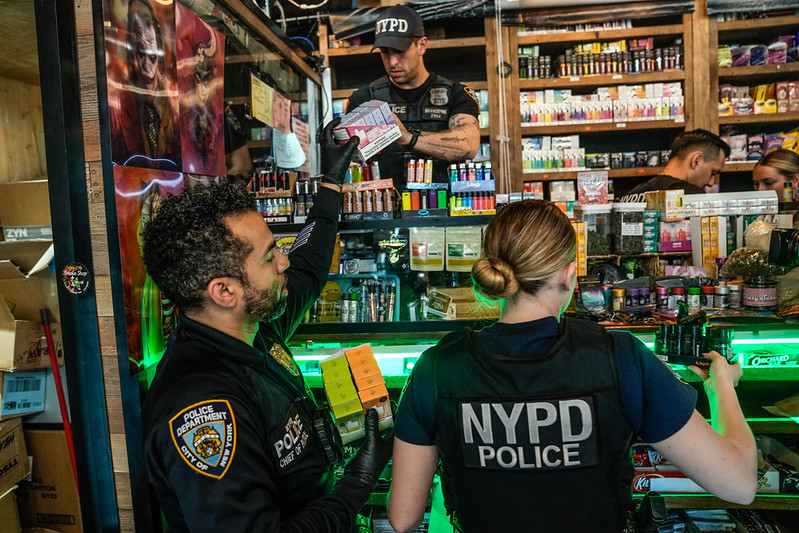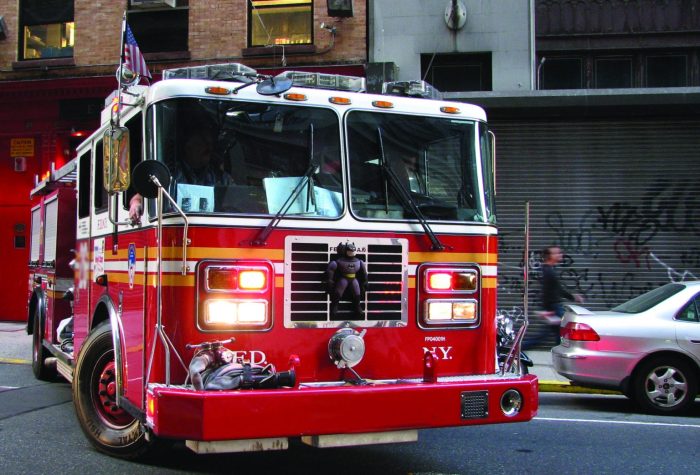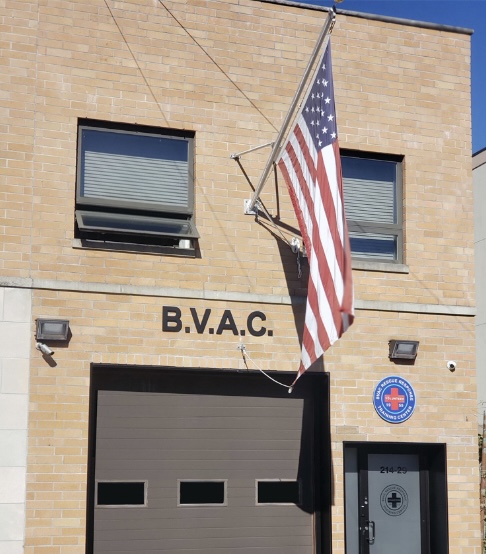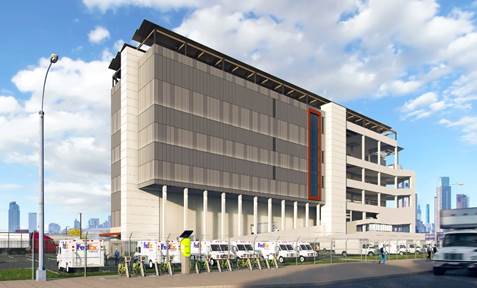By Sarina Trangle
An environmental study of the proposed homeless shelter in Glendale acknowledged many concerns raised by residents: some additional 160 children could squeeze already overcrowded primary and middle schools, nearby buses and trains might carry 100 people more during peak evening hours and the facility would sit on soil vulnerable to spills from a neighboring chemical company.
But the assessment said these qualms did not merit nixing the plans or including mitigative measures.
The city Department of Homeless Services sent a copy of the analysis with a letter describing plans to push forward with a proposal to transform a vacant factory into a 125-family shelter to elected officials and Community Board 5 July 1.
The letter notes that Aecom USA Inc., a private technology company, was commissioned to conduct the environmental assessment of properties within a 400-foot radius of the planned shelter, at 78-16 Cooper Ave.
The study determined that opening a 51,000-square-foot residence where a four-story, red brick building now sits would not come with significant adverse environmental impacts.
The city has previously said it would ink a contract paying Samaritan Village, a Briarwood-based nonprofit, up to $27.5 million to operate the shelter for five years.
Samaritan Village operates a shelter in Elmhurst’s former Pan American Hotel, which has sparked outrage among the community and elected officials, who have said they were not given notice before families moved in.
Aecom USA said the 500 residents expected to move into the Glendale shelter would send about 50 more pupils to high schools and 160 more to primary and middle schools.
This influx could pinch PS 87, which is currently operating at 104 percent of its target capacity, and its neighboring primary schools, which operate at an average of 108 percent of their target capacity.
But the assessment noted the 1.6 percent anticipated enrollment increase to area primary schools and 1.5 percent anticipated increase at local middle schools does not meet the 5 percent threshold at which the city requires further study.
The homeless families and 35 staff members at the facility would collectively take about 1,009 trips on buses and trains daily, according to the study.
The increased traffic is expected to add about 129 more people to local buses and the M train during peak evening commuting hours, which falls short of the 200 person-bump that would trigger further analysis.
The former cabinet manufacturing plant and clothing distribution center is on top of an underground oil boiler heater with a registration that expired in 1995, the study said.
The soil could also be contaminated by spills from the neighboring Independent Chemical Corp., which has manufactured and distributed potentially toxic materials since the 1980s, according to the assessment.
But dirt samples near the heating unit, property border and sealed monitoring wells did not surpass contaminant thresholds set by the state, Aecom USA found.
Similarly, the study said asbestos in the walls, ceiling, vinyl floor tiles and roofing did not contain enough asbestos fibers to merit further examination.
DHS asked CB 5, which covers Glendale, Middle Village, Maspeth and Ridgewood, to reply before July 11, after which contract negotiations with Samaritan Village are expected to proceed.
But many, including City Councilwoman Elizabeth Crowley (D-Glendale), were quick to rip the assessment.
“Several years ago — before talks of any DHS proposal — the School Construction Authority denied my request to convert 78-16 Cooper Ave. into a high school,” Crowley said in a statement. “If the city did not find this site suitable for a school, how can it be suitable for a shelter that will house families year-round?”
Reach reporter Sarina Trangle at 718-260-4546 or by e-mail at strangle@cnglocal.com.






